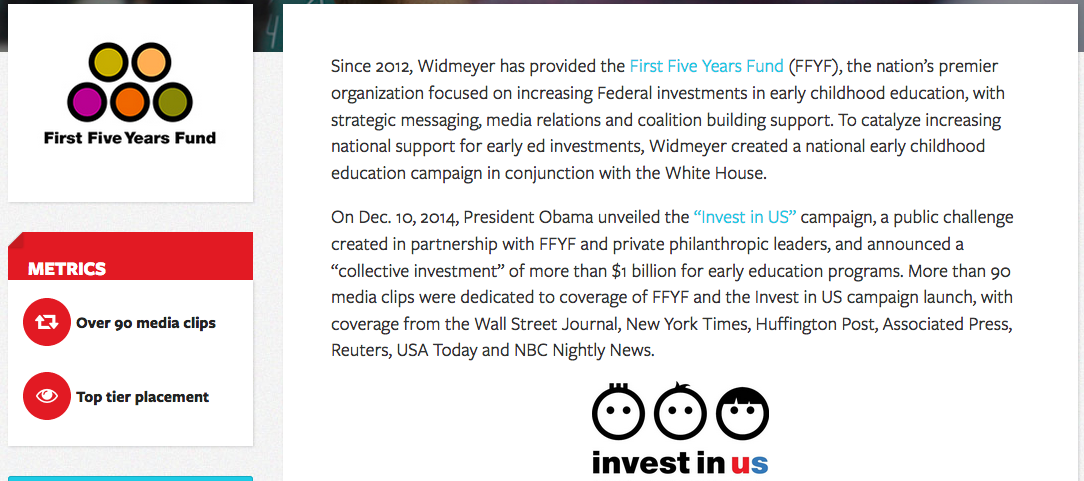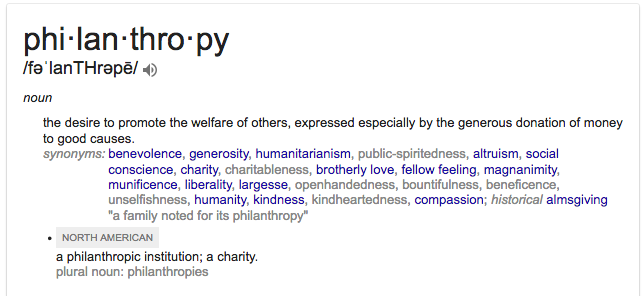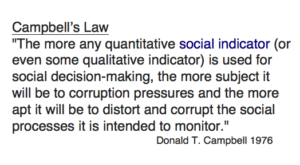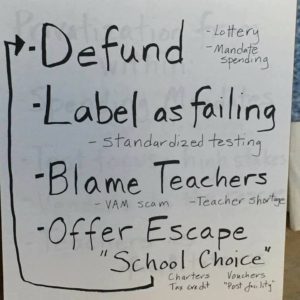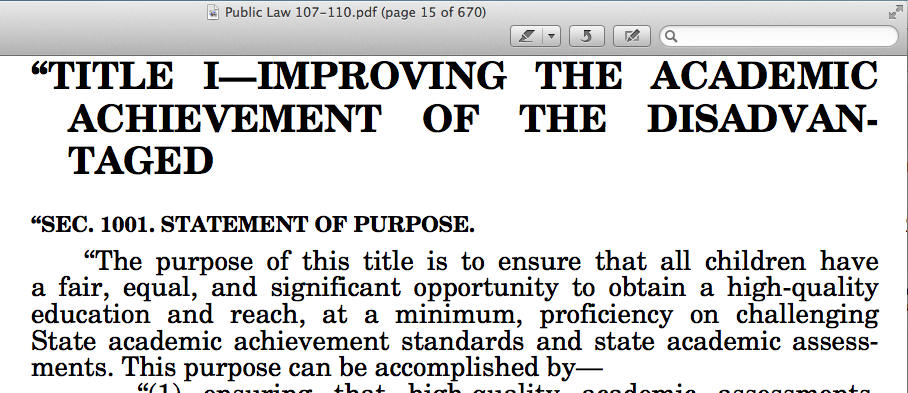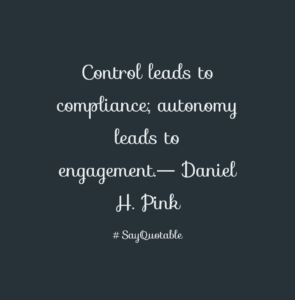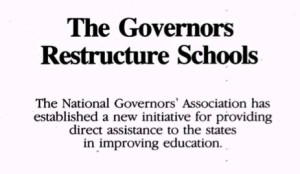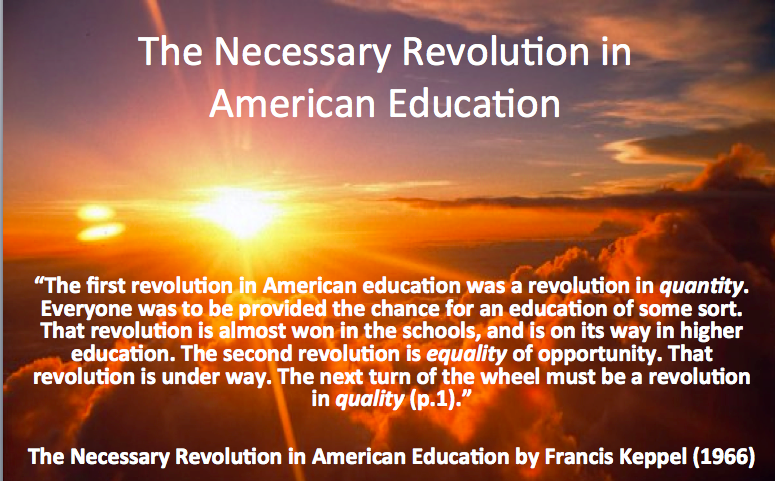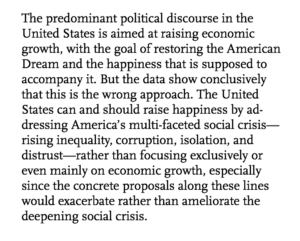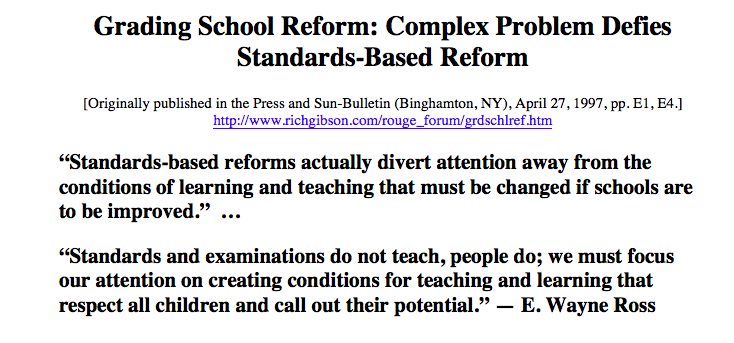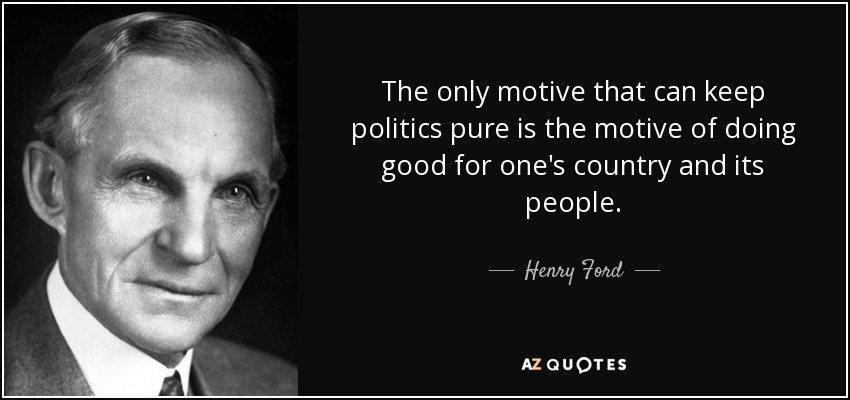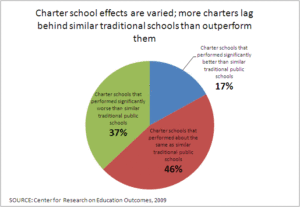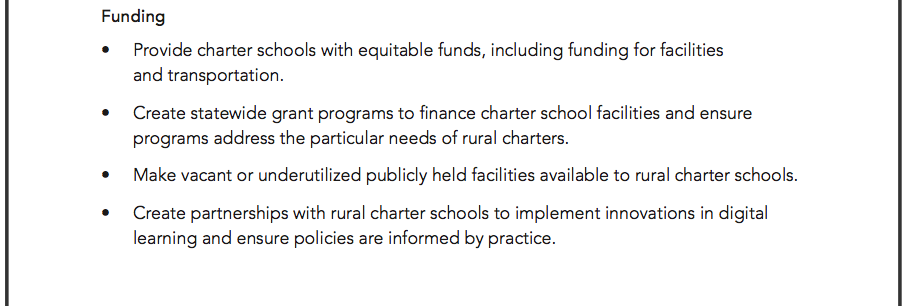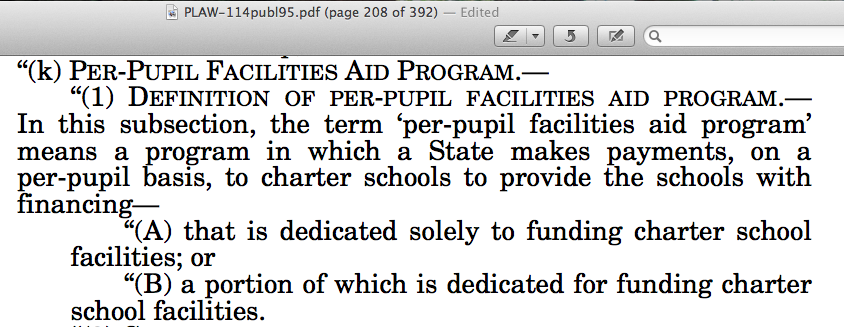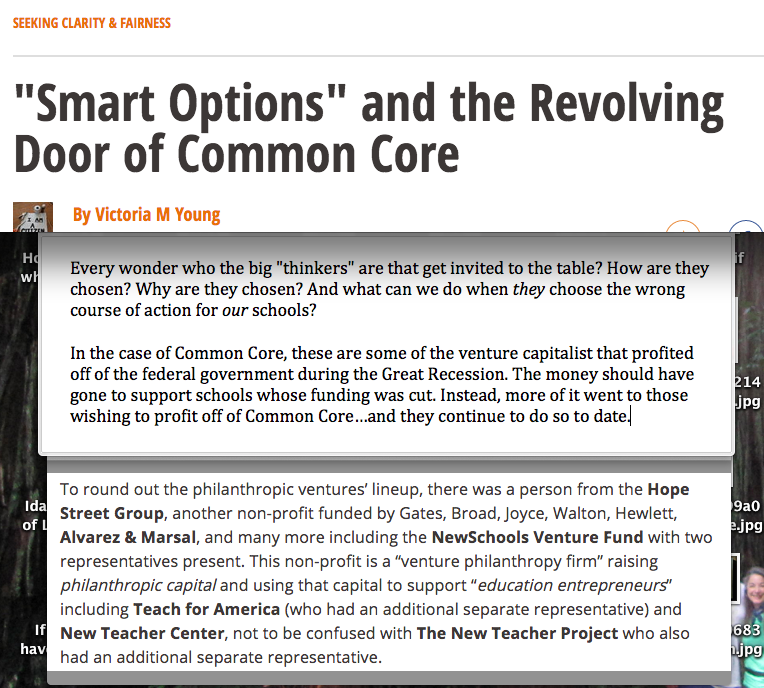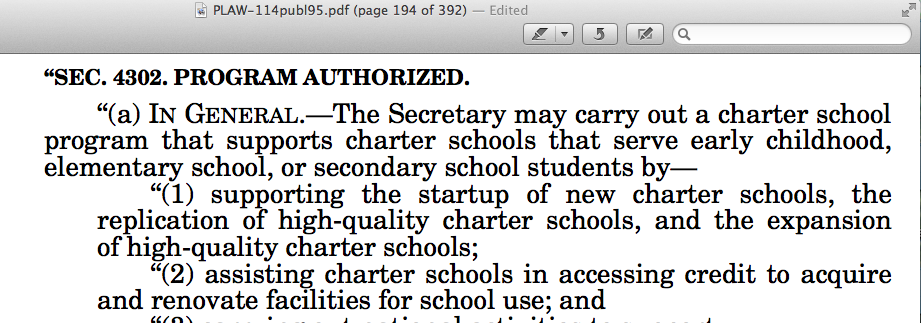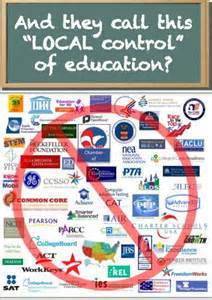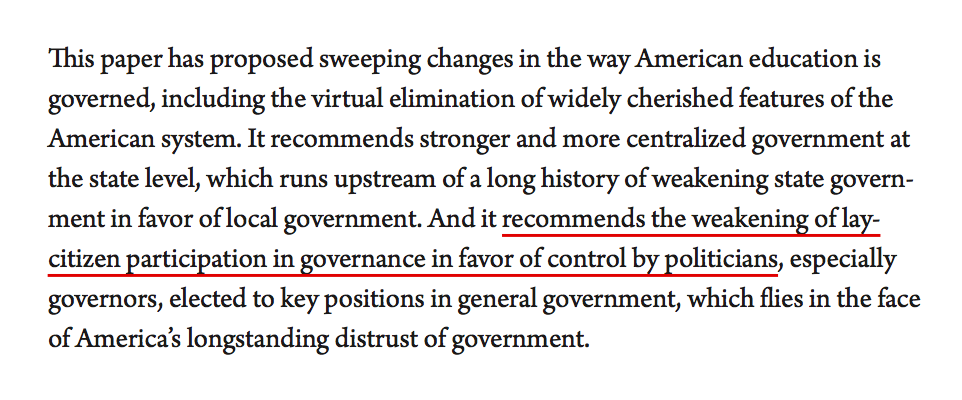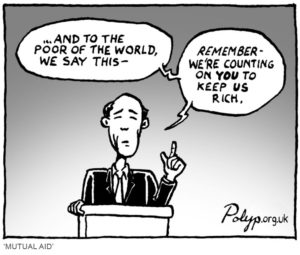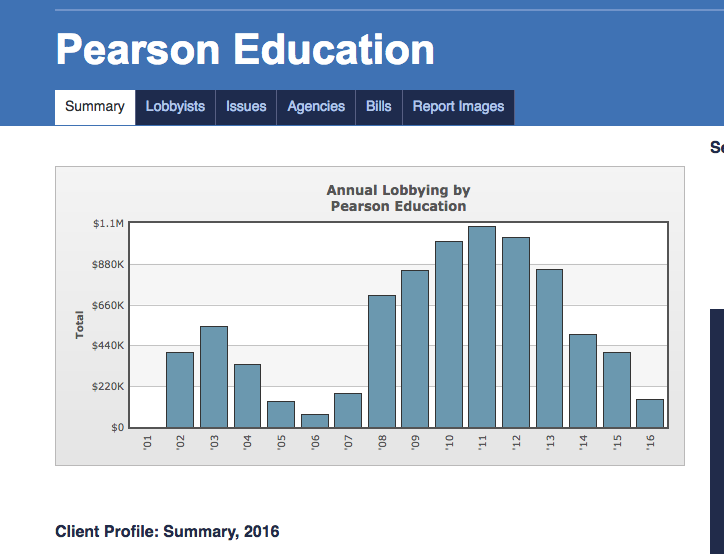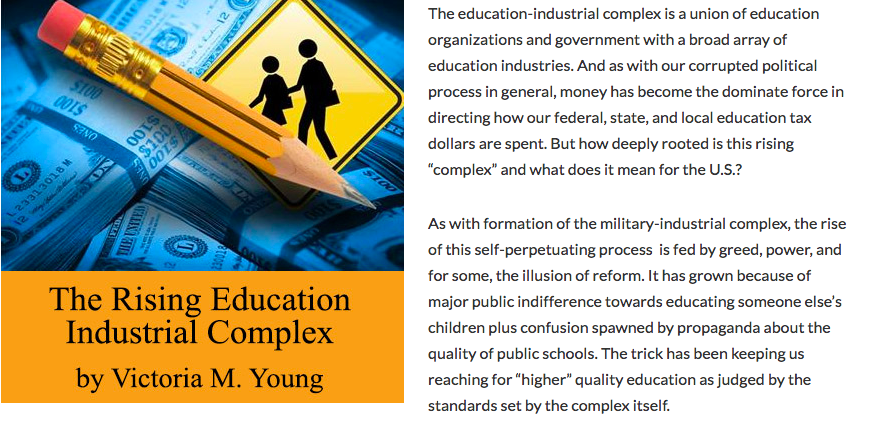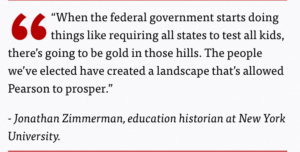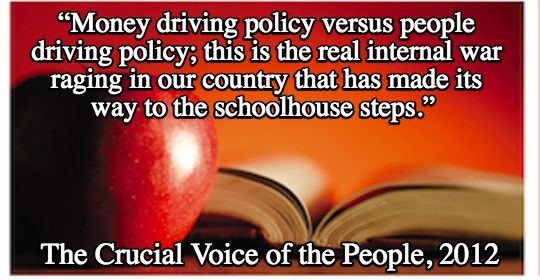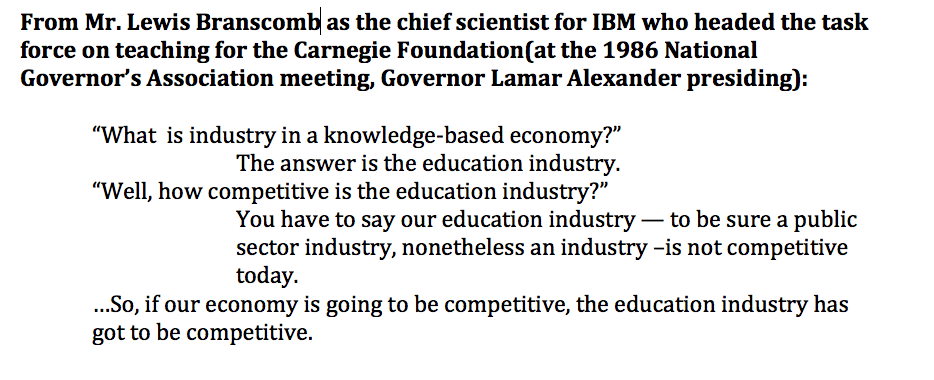Perhaps the title “WHO influenced the Democratic Party into becoming an enemy of public education?” would more accurately represent the subject here.
But the reason for the title came from an article in my “To Read” file. “How to Destroy a Public-School System,” a 2014 article, describes a scenario we should all be familiar with by now. Perhaps that is why I had set it aside, thinking I knew it all. I don’t; we don’t.
We know all about —
“the designation of neighborhood schools as ‘failing’ under the federal No Child Left Behind Act (NCLB)…” followed by the “turnaround” or take-over by charter schools.
But do we know the depth of the intentional under-funding of public schools in order to create a market for private-sector education reforms?
Private sector — for-profit (like Edison) charter schools or non-profit (like Mastery) charters — it doesn’t matter. They are private entities. And privatization is crushing the chance for more effective public-sector education reform to be utilized.
The private-sector reforms are politically and financially driven. The public has little input or recourse when those reforms are harmful to our schools.
So here’s how it went in Philadelphia as described in 2014.
December 21, 2001, Philadelphia, State takeover of Philly’s schools went into effect … “at the time, the largest experiment in privatization—in the history of US public education. The message was clear: public management, not underfunding and segregation, was the problem.”
Never mind that school financing was
“rigged to benefit privately managed companies” including a loophole that provided charters with an extra “double-dip” pension payment.
Or that
Mastery [charter school] is “not doing more with less,” says Michael Masch, the school district’s former chief financial officer and a progressive fan of Mastery’s work, “They’re doing more with more.”
How did that largest privatization experiment of its time turn out?
By 2007,… “despite additional per-pupil resources,” privately managed schools like Edison’s “did not produce average increases in student achievement that were any larger than those seen in the rest of the district,” while “district-managed restructured schools outpaced the gains of the rest of the district in math.”
What say the supporters of private-sector education reforms? Same thing we still hear said today…
“We just don’t have enough of them yet,” said Edison CEO Chris Whittle, according to PBS’s Frontline.
The problem is not enough charters? You think.
The problem was that Philadelphia was under Republican rule? It was, but remember there has been plenty of bipartisan agreement. The Democratic Party approved of all of this.
The problem is THEY (and it’s a big “they”) don’t work for US. Enough Republicans and Democrats alike have fallen for the idea that private-sector advocates for education reform have all of our children’s best interests at heart.
Look, many in the country see and understand the connection between conservative organizations like ALEC (American Legislative Exchange Council) and Republican privatization policies. Many object. But there is another side. Look again.
It’s time for the country to see and understand the New Democrats and their “progressive” “neoliberal” agenda that we know to be a “bipartisan” agreement on education reform. It is now the Democratic Party reform philosophy based on and driven by advocates for private-sector reforms.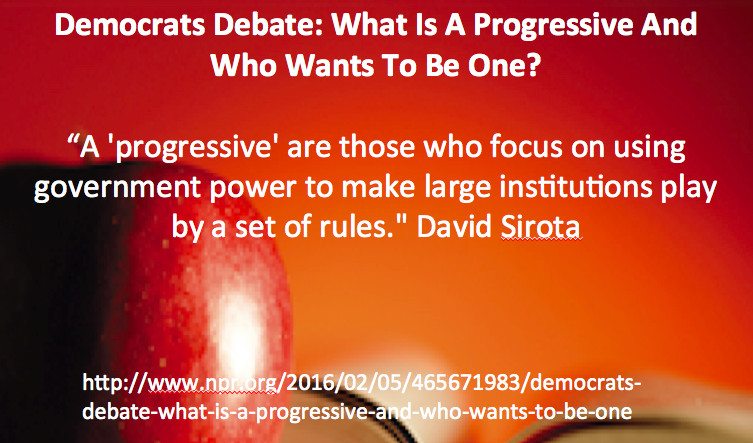
In the words of Helen Gym, a leader of Parents United for Public Education, the reform movement
“has been singular in its focus in dismantling previously stable, strong institutions like public education….”
In other parts of the world, some clearly see what has happened. Those fighting against private-sector education reform are Battling for the Soul of Education.
“George W. Bush bought in the “No Child Left Behind” strategy with its emphasis on high-stakes testing, data-driven decision making, choice, Charter Schools, privatisation, regulation, merit pay and competition amongst schools. Incredible as it might seem, by 2008 this had been taken up by the Democrats.”
Incredible? I guess.
But is this author right in that by 2008 the private sector reform movement had been taken up by the Democrats?
“Fully engulfed” the Democratic Party by 2008 might be a better way to state it. But much earlier than that key “Democrats” not only took up this private-sector reform strategy, they helped create and perpetuate it.

1989 -President George H.W. Bush, U.S. Secretary of Education Lauro F. Cavazos, center, Iowa Gov. Terry Branstad, right, and Arkansas Gov. Bill Clinton, behind right, arrive for ceremonies concluding Mr. Bush’s 1989 education summit with state governors in Charlottesville, Va.
—Doug Mills/AP-File
As president, Bill Clinton essentially used an “education and the economy” theme to drive education policy. His reauthorization of the Elementary and Secondary Education Act (ESEA/IASA/ Improving America’s Schools Act) brought Standards-Based education and school choice (charters) into federal law. Education costs have risen dramatically ever since.
But to quickly march this story forward, I’ve taken some facts from Ken Derstine of Defend Public Education! I encourage readers to explore the wealth of information he has provided on his website. Look into the power and control created by the corporate and political elites. Here’s a glimpse.
Billionaire Democrat and philanthropic venture capitalist, Eli Broad is invited by President Bill Clinton to spend the night at the White House. [What do these men have in common?] They work under the “guise of a progressive agenda” while advancing “a neoliberal agenda.” The agenda continuing to be advanced today.
“Playing a central role in promoting Clinton’s neoliberal agenda was the Democratic Leadership Council.” … It became the think tank for many of the rightwing neoliberal policies promoted by Clinton. …A key player shepherding the neoliberal agenda during the Clinton Presidency and after was Bruce Reed who became head of the Democratic Leadership Council in 2001.
All their plans are on display. They have to be. They are using our government to put their agenda in place.
“With an agenda that echoes our decade of investments—charter schools, performance pay for teachers, accountability, expanded learning time and national standards—the Obama administration is poised to cultivate and bring to fruition the seeds we and other reformers have planted.” Eli Broad Foundation, 2009/2010 Annual Report of the Broad Foundation (page 6)

Bruce Reed (second to left) spent eight years at the White House under Bill Clinton. | REUTERS Politico story Bruce Reed to Head Biden Staff
Bruce Reed is the common education reform denominator between the Clinton and Obama administrations.
“Reed boasts of helping shape education policy on the national stage for three decades.”
Teaming up with Eli Broad may just be the creation of the perfect storm that finally destroys the institution of “public” education.

Lauren Cioffi/KPCC | Eli Broad, left, has appointed Bruce Reed, former CEO of the influential Democratic Leadership Council, to lead his foundation.
“Broad is somewhat happy with the progress of education reform. He takes credit for influencing the signature changes nationwide in the past 20 years.”
‘Between No Child Left Behind, which wasn’t perfect, between Race to the Top, we’ve changed a lot of laws in a lot of states, allowing teachers to do a better job in the classroom,’ he said.”
Have the laws helped teachers do a better job? This man’s organization wrote the book on school closures — really! Literally! And his group directed the spending of American Recovery and Reinvestment Act dollars. We invested in their agenda while our schools struggled!!!! Nice, huh? They titled it Smart Options. They are smart.
“Broad has known all along he needs allies in public office to carry out his vision. He’s generously donated to elections — from school boards to the U.S. presidency. He leans Democrat in Washington but anti-union on school boards.”
That’s what they wrote in ELI BROAD APPOINTS BRUCE REED AS HEAD OF BROAD FOUNDATION EDUCATION EFFORT.
And the story doesn’t end there. There’s more to come.
The “how” is a familiar story of money and political corruption. The “who” is a web of deception still being fully untangled….if we must.





